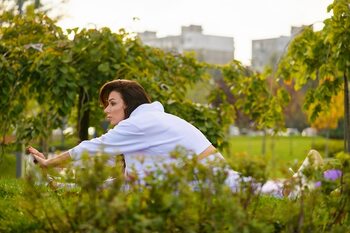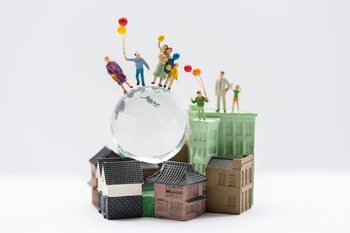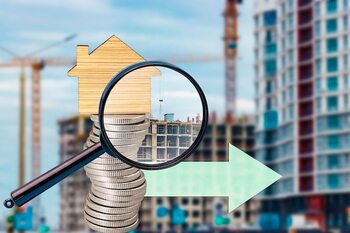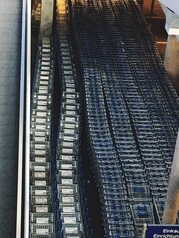The influence of community design on real estate valuation
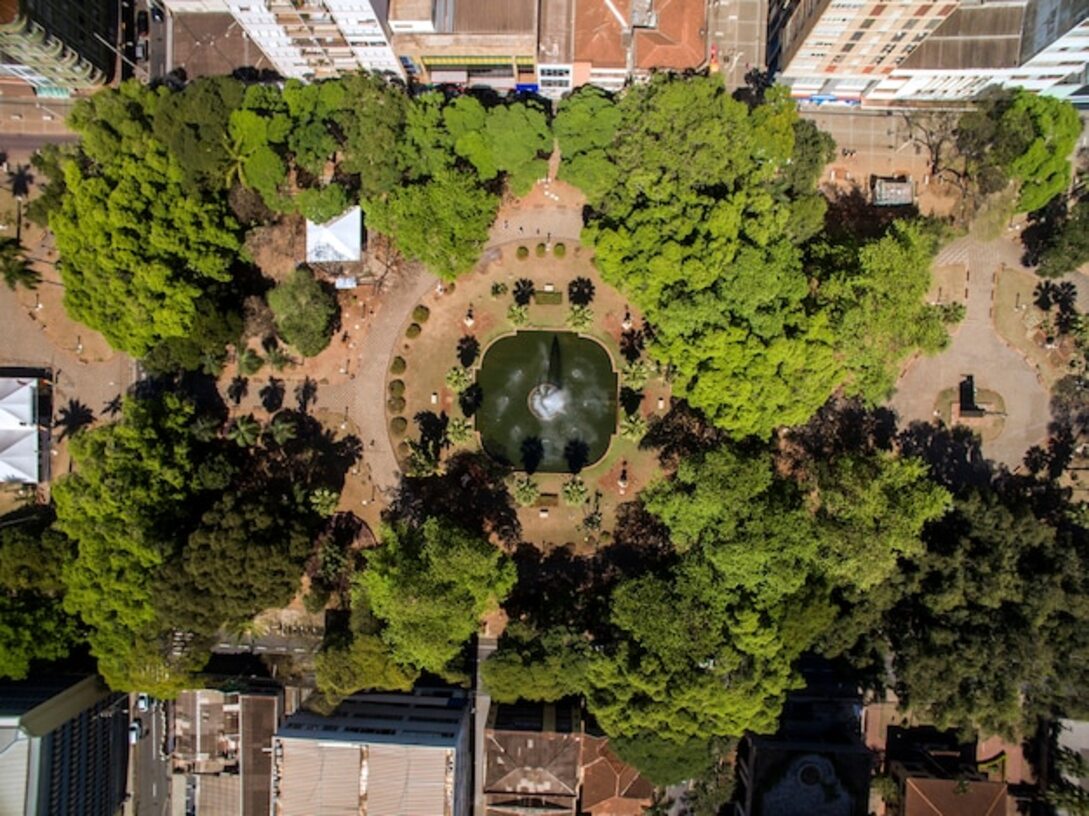
The influence of community design on real estate valuation is a crucial aspect that every homeowner and potential buyer should consider. In Costa Rica, where community life intertwines with the natural environment, well-planned design not only beautifies a neighborhood but also elevates its value. As the demand for livable spaces that promote social interaction grows, understanding how these elements affect appreciation becomes a competitive advantage for investors and residents. Let’s discover together how good design can transform your property!
What is community design and why is it important?
Community design refers to the planning and organization of urban spaces that promote social interaction, well-being, and sustainability within a community. This approach goes beyond mere aesthetics; it aims to create environments where people can enjoy their daily lives, foster connections among neighbors, and facilitate a sense of belonging. By integrating elements such as parks, pedestrian pathways, recreational areas, and accessible commercial zones, community design not only enhances quality of life but also plays a crucial role in social cohesion. The importance of community design lies in its ability to influence various aspects of the urban environment and, consequently, real estate valuation. A well-designed neighborhood can attract more residents and potential buyers by offering features that enhance both functionality and visual appeal. When spaces are designed with attention to the needs of the community, the perceived value among those interested in acquiring properties increases. In this sense, understanding the impact of community design is relevant not only for current homeowners but also for those looking to invest in real estate with a strategic vision for the future.
2. Key elements of community design that increase added value
Community design is based on several key elements that, when implemented properly, can significantly increase a property's value. One of the most prominent aspects is the creation of accessible and well-designed public spaces, such as parks, plazas, and recreational areas. These facilities not only encourage social interaction among residents but also enhance the quality of life by providing places for leisure and outdoor activities. An environment where families can enjoy community activities tends to attract potential buyers who value togetherness and collective well-being, which naturally elevates the property's value.
Another crucial element is the integration of the natural environment into urban design. In Costa Rica, where biodiversity is an essential part of the landscape, projects that incorporate vertical gardens, natural pathways, and green areas not only beautify the area but also promote a sustainable lifestyle. The connection with nature has been shown to have positive effects on the physical and mental health of residents, which translates into increased demand for properties located in well-designed environments. This not only enhances the aesthetic appeal of the neighborhood but also contributes to a sustained increase in real estate value.
3. Success stories: Costa Rican communities with high real estate value
One of the most notable examples of Costa Rican communities with high real estate value is Escazú. This area is distinguished not only by its attractive natural surroundings but also by an urban design that prioritizes accessibility and social interaction. Escazú has implemented well-planned public spaces, such as parks and recreational areas, that encourage neighborly encounters. Furthermore, the development of local businesses and quality services has made this community a desirable place to live, which translates into a constant appreciation of property prices.
Another notable case is Santa Ana, where the focus on community design has transformed previously forgotten landscapes into vibrant residential areas. The integration of pedestrian paths and bike lanes not only promotes an active lifestyle but also connects residents with their environment. This type of urban planning has attracted young families and professionals seeking a balance between nature and urbanity, thus elevating the real estate value of the area. These communities demonstrate how well-conceived design can be a catalyst for real estate appreciation in Costa Rica.
4. The relationship between green spaces and property valuation
Green spaces are an essential component in community design that significantly impacts property valuation. The presence of parks, gardens, and recreational areas not only enhances the aesthetics of the environment but also influences the quality of life of residents. Studies have shown that properties near natural spaces tend to have higher prices and greater demand. This is because buyers value the opportunity to enjoy outdoor activities, as well as access to a healthy and sustainable environment. The integration of these spaces promotes an active lifestyle, which is increasingly appreciated by those looking to settle in a community.
Additionally, green spaces promote social cohesion by providing places where neighbors can interact and participate in community activities. This interaction not only strengthens relationships among residents but also helps create a sense of belonging and security within the neighborhood. When an area has adequate facilities for recreation and social gathering, its appeal increases significantly, which translates into higher real estate values. Therefore, investing in the development and maintenance of green spaces is not only beneficial for community well-being, but it also represents a smart strategy to increase the economic value of properties in the area.
5. Urban design: how infrastructure influences real estate prices
Urban design plays a fundamental role in determining real estate prices, as adequate infrastructure can significantly enhance the quality of life for residents. Elements such as well-designed parks, safe and accessible pedestrian routes, as well as proximity to essential services (schools, hospitals, and shopping centers), directly influence the perception of a property's value. A neighborhood that offers these characteristics not only attracts potential buyers but also fosters a sense of community and belonging, which in turn can lead to greater stability in the real estate market.
Moreover, inclusive urban planning can increase interest in previously undervalued areas, transforming them into desirable places to live. Infrastructure projects like bike lanes and efficient public transportation help reduce traffic and pollution, making urban areas more attractive to young families and professionals. The creation of vibrant and multifunctional public spaces also acts as a magnet for new investments, raising not only the price of individual properties but also the overall environment. In this sense, understanding how urban design and infrastructure intertwine with real estate prices allows both buyers and sellers to make more informed decisions.
6. The impact of common areas on the well-being and value of homes
Common areas in a residential development play a fundamental role in the well-being of its inhabitants. Spaces such as parks, gyms, meeting rooms, and recreational areas not only encourage social interaction among neighbors but also promote a healthy and active lifestyle. These shared environments become meeting points that enrich the community experience, transforming the way people relate to their surroundings and to each other. By projecting an image of a vibrant and accessible community, these areas can significantly influence the perception of property value.
In addition to the social impact, well-designed common areas have a direct effect on real estate valuation. Potential buyers often look for features that offer them quality of life and comfort; thus, a neighborhood with well-maintained and attractive spaces can justify higher prices when buying or renting. Investing in these areas not only enhances the aesthetics of the place, but it can also translate into higher market demand, which in turn raises the overall value of the surrounding properties. Therefore, considering the design and maintenance of these common areas is essential for any owner or developer seeking to maximize their long-term investment.
7. Strategies to promote better coexistence and appreciation of the neighborhood
To foster better coexistence and appreciation of the neighborhood, it is essential to implement strategies that promote the active participation of residents. The creation of community spaces, such as parks, plazas, and recreational areas, not only beautifies the environment but also becomes a meeting point for social activities. Organizing community events, such as fairs or cleanup days, can help strengthen relationships among neighbors and generate a sense of belonging to the place. This type of interaction not only improves the quality of life in the neighborhood but also enhances its appeal to future buyers and investors.
Additionally, encouraging collaboration among residents through initiatives that involve sustainability and environmental care can be very beneficial. Community recycling programs or urban gardens can promote both social cohesion and the enhancement of the area. By caring for the natural environment and improving public facilities, residents not only increase the perceived value of the neighborhood but also contribute to creating a healthier and more balanced lifestyle. These actions reflect a collective commitment to the well-being of the neighborhood, which is highly valued by those considering investing in properties within that community.
8. Current trends in community design at a global level
Community design is evolving dynamically on a global scale, adapting to the changing needs of residents. One of the most notable trends is the creation of multifunctional spaces that integrate recreational, commercial, and residential areas. This type of planning not only fosters social interaction among neighbors but also promotes a sense of belonging and cohesion in the community. Additionally, the use of sustainable materials and eco-friendly technologies has become fundamental, reflecting a growing awareness of environmental impact and the need to build healthier environments. These features not only beautify the neighborhood but also contribute to increasing its appeal in the real estate market.
Another relevant trend is the incorporation of pedestrian-oriented design and sustainable transport. Communities are opting to create environments where walking or biking is safe and enjoyable, which increases the quality of life for their residents. Connectivity between different points within the neighborhood fosters community activities such as local markets, festivals, and cultural gatherings, which in turn stimulates local commerce. By prioritizing these initiatives in urban design, added value is generated that can translate into a significant appreciation of the property. In this context, developers and investors must pay attention to these trends to maximize both the functionality and economic value of their properties.
9. How to analyze the appreciation potential of a community before buying
Analyzing the potential for appreciation of a community before making a purchase is a fundamental step for any investor or future homeowner. To do this, it is essential to observe various factors that can influence the long-term value of the property. One of the most notable aspects is the infrastructure and planning of the area, which includes access to basic services such as schools and hospitals, as well as the quality of transportation routes. A community design that prioritizes connectivity and accessibility not only improves quality of life but also attracts more buyers, which can result in a significant increase in real estate value.
It is also vital to pay attention to public spaces and recreational areas within the community. Places like parks, squares, and sports zones foster a sense of belonging among residents and promote an active and social lifestyle. The presence of these well-designed spaces can be a great attraction for families and young professionals seeking friendly and functional environments. When evaluating a potential community, researching future projects related to urban development is also crucial; planned initiatives such as shopping centers or new educational facilities can positively impact the area's appreciation, making an initial purchase a highly profitable long-term investment.
10. Conclusions on the importance of community design in the real estate market
Community design plays a fundamental role in real estate valuation, as it creates environments that are not only attractive but also functional and sustainable. By integrating green spaces, recreational areas, and accessible services, a sense of belonging among residents is fostered, which in turn improves quality of life and social cohesion. These elements can significantly increase interest in a property, becoming a decisive factor for potential buyers. Thus, by prioritizing community design in real estate projects, not only is the well-being of the inhabitants contributed to, but long-term appreciation for the properties in question is also ensured.
Additionally, community design can influence the perception of the neighborhood from a broader perspective. Well-designed communities often attract additional investments and improve the area's reputation, creating a virtuous cycle where property values are driven by the overall appeal of the environment. Therefore, both developers and owners must recognize the importance of planning projects with a community focus. This not only benefits those living in those areas but also sets a standard for future developments in Costa Rica and other regions where the value of the home is intrinsically linked to its social and environmental context.
